
On 28 January 1943 a message was sent to Field Marshal Erwin Rommel, commander of the Afrika Korps in North Africa. It was a short, handwritten note and it contained two glaring mistakes. It was Lieutenant Colonel Stirling who had been captured, not ‘Stierling’, as the message indicated, and he did not lead the Long Range Desert Group.
David Stirling had raised L Detachment, Special Air Service in the summer of 1941, with the help of his elder brother, Bill, when the pair had been stationed in Cairo. The inaugural raid, Operation Squatter, on the night of 16/17 November 1941 had been a costly failure, with 34 of the 55 men who had parachuted into Libya to attack enemy airfields killed or captured.
But the SAS had flourished since then, thanks in no small part to the instinctive pugnacity of Paddy Mayne, one of the original six officers recruited in August 1941. In December that year he had led two daring raids on Tamet airfield, destroying 51 aircraft and killing a significant number of aircrew.
David Stirling and Mayne didn’t much care for each other, but they complemented one another well. The latter, an international rugby forward before the war, was a physical force of nature with courage, self-control and, most crucially, a brain that reacted a split second faster than his enemy’s. In contrast, Stirling was not an athlete and while he had Mayne’s physical courage he lacked his alacrity and audacity. But Stirling had imagination, social contacts and a charm that to many was irresistible. It was this last quality that had enabled the SAS to overcome its early setback and rise from a small unit of 66 officers and men to, in September 1942, a regiment.
この記事は History of War の Issue 121 版に掲載されています。
7 日間の Magzter GOLD 無料トライアルを開始して、何千もの厳選されたプレミアム ストーリー、9,000 以上の雑誌や新聞にアクセスしてください。
すでに購読者です ? サインイン
この記事は History of War の Issue 121 版に掲載されています。
7 日間の Magzter GOLD 無料トライアルを開始して、何千もの厳選されたプレミアム ストーリー、9,000 以上の雑誌や新聞にアクセスしてください。
すでに購読者です? サインイン

NAUMACHIA TRUTH BEHIND ROME'S GLADIATOR SEA BATTLES
In their quest for evermore novel and bloody entertainment, the Romans staged enormous naval fights on artificial lakes
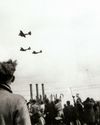
OPERATION MANNA
In late April 1945, millions of Dutch civilians were starving as Nazi retribution for the failed Operation Market Garden cut off supplies. eet as In response, Allied bombers launched a risky mission to air-drop food
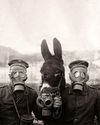
GASSING HITLER
Just a month before the end of WWI, the future Fuhrer was blinded by a British shell and invalided away from the frontline. Over a century later, has the artillery brigade that launched the fateful attack finally been identified?
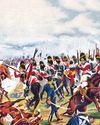
SALAMANCA
After years of largely defensive campaigning, Lieutenant General Arthur Wellesley went on the offensive against a French invasion of Andalusia
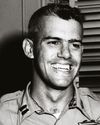
HUMBERT 'ROCKY'VERSACE
Early in the Vietnam War, a dedicated US Special Forces officer defied his merciless Viet Cong captors and inspired his fellow POWs to survive
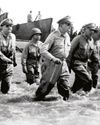
LEYTE 1944 SINKING THE RISING SUN
One of the more difficult island campaigns in WWII's Pacific Theatre saw a brutal months-long fight that exhausted Japan’s military strength

MAD DAWN
How technology transformed strategic thinking and military doctrine from the Cold War to the current day
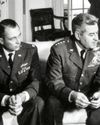
BRUSHES WITH ARMAGEDDON
Humanity came close to self-annihilation with the Cuban Missile Crisis, Broken Arrows’ and other nuclear near misses
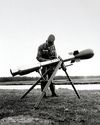
THE DEADLY RACE
How the road to peace led to an arms contest between the USA and USSR, with prototypes, proliferation and the world’s biggest bomb

THE MANHATTAN PROJECT
Einstein, Oppenheimer and the race to beat Hitler to the bomb. How a science project in the desert helped win a war